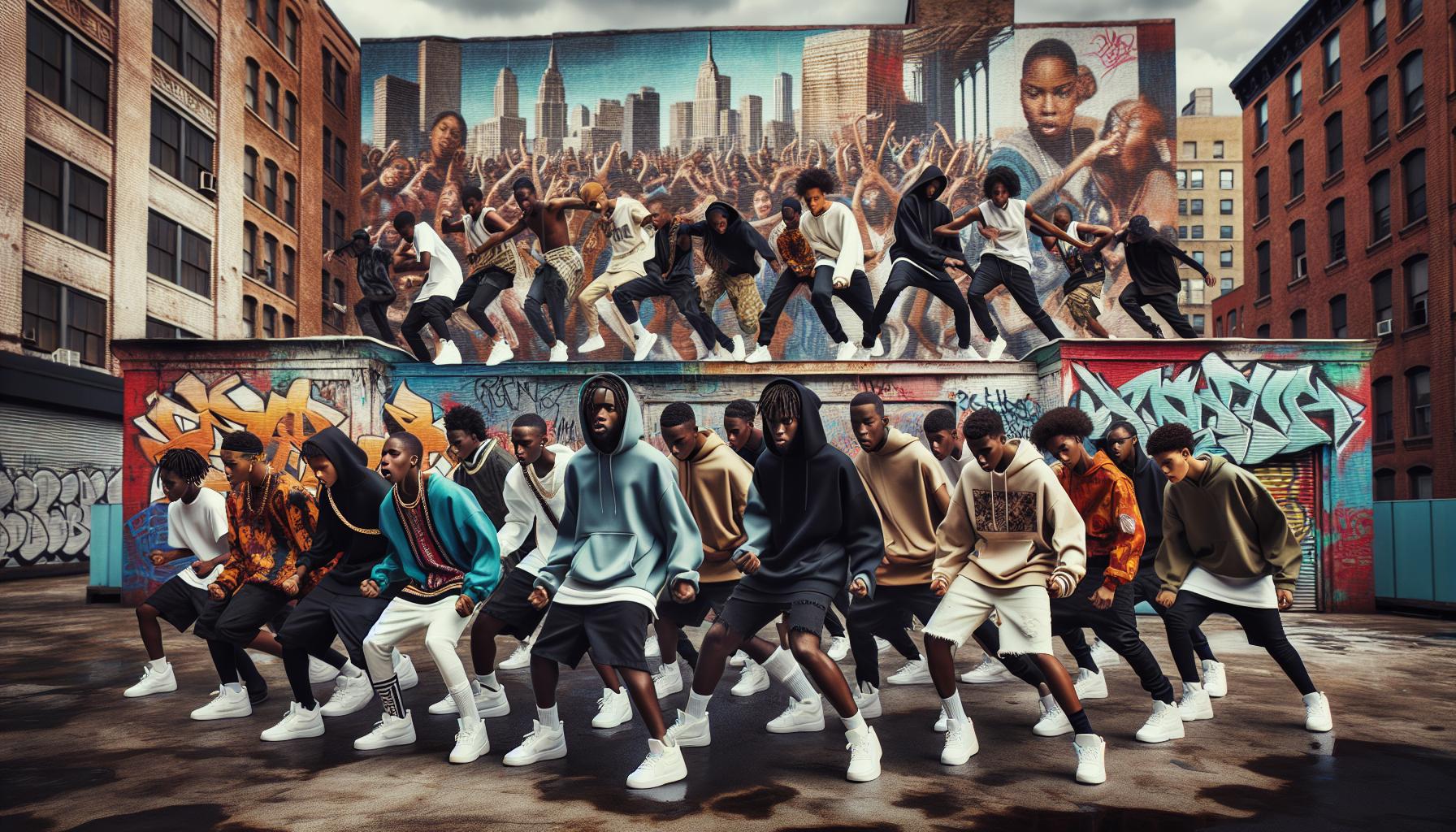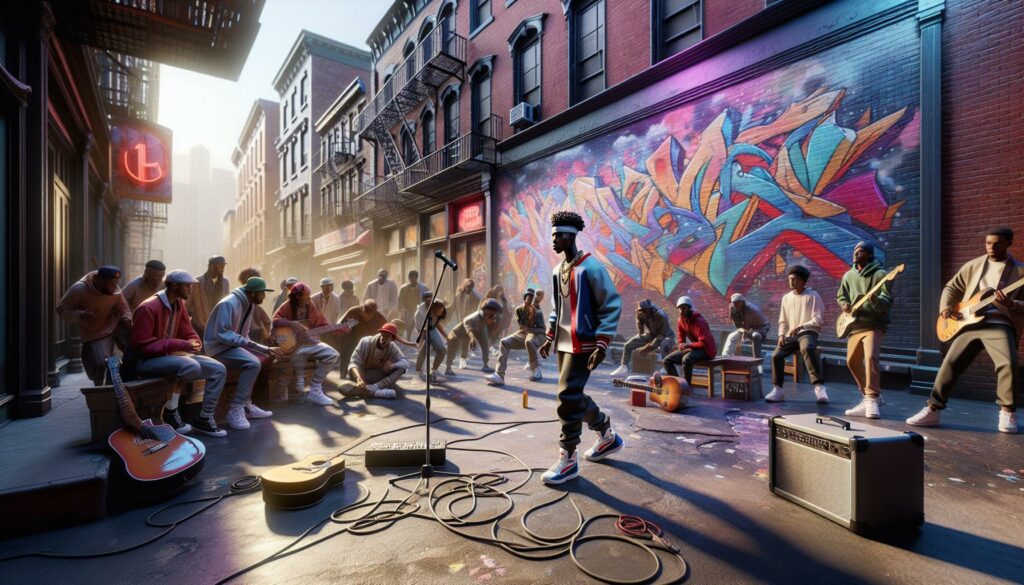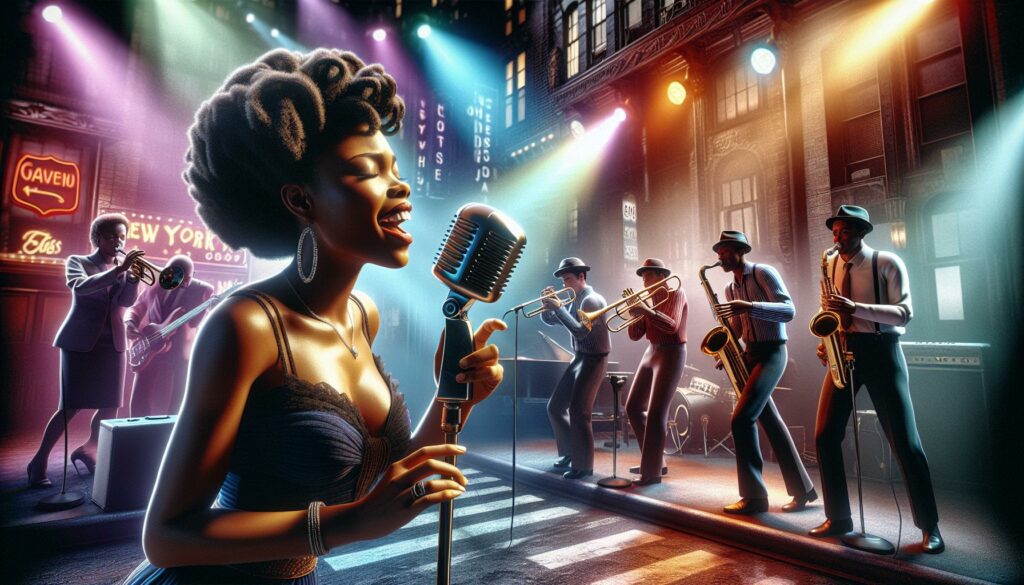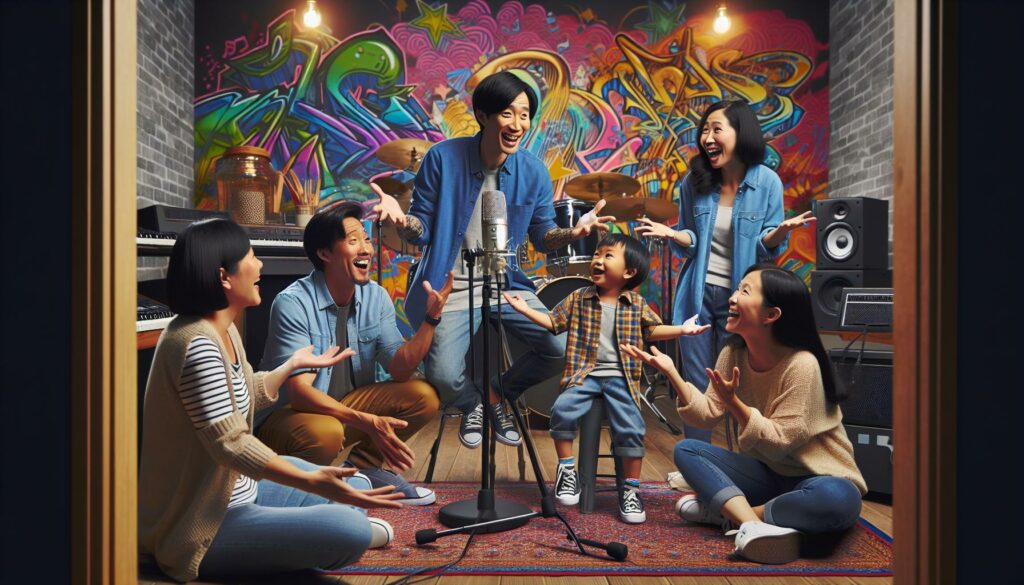Rap music today is a vibrant tapestry of sounds and styles that reflect the pulse of modern culture. As I dive into the latest tracks and emerging artists, it’s clear that the genre continues to evolve, pushing boundaries and challenging norms. From introspective lyrics to infectious beats, new rap is resonating with listeners like never before.
I’m constantly amazed by the innovation within the scene. Artists are blending genres, experimenting with production techniques, and using their platforms to address pressing social issues. This dynamic landscape offers something for everyone, whether you’re a long-time fan or just starting to explore. Join me as I unpack the latest trends and standout releases in the world of rap music today.
Key Takeaways
- Evolving Sounds: New rap music showcases a blend of genres, including trap, R&B, and electronic, demonstrating significant innovation in production techniques.
- Meaningful Themes: Contemporary rap addresses critical social issues, such as mental health, racial inequality, and personal narratives, fostering deeper listener connections.
- Prominent Artists: Influential figures like Kendrick Lamar, Megan Thee Stallion, and Lil Baby are shaping the genre, each bringing unique perspectives and styles to their music.
- Emerging Subgenres: The rise of subgenres like trap, lo-fi, and emo rap showcases the genre’s versatility and the creative boundaries being pushed by today’s artists.
- Cultural Impact: Rap music serves as a powerful medium for social commentary, influencing popular culture, fashion trends, and societal conversations.
- Accessibility & Exploration: Streaming platforms have made it easier for audiences to discover new rap music, facilitating genre-blending collaborations and expanding listener engagement.
New Rap Music Today
New rap music today exhibits a rich blend of styles and influences, reflecting the genre’s dynamic evolution. Artists fuse elements like trap, R&B, electronic, and even rock, creating fresh sounds. Many tracks feature innovative production techniques, often incorporating sample-heavy beats and melodic hooks.
Prominent themes include social justice, mental health, and personal narratives. Artists use their platform to address pressing issues, shaping the conversation around race, identity, and empowerment. I see this shift as a crucial part of the genre’s growth, as listeners connect more deeply with relevant topics.
Notable releases illustrate this trend. For example, albums from artists like Kendrick Lamar and J. Cole push boundaries, combining introspective lyrics with compelling sonic landscapes. Newer artists like Lil Baby and Megan Thee Stallion bring their unique perspectives, garnering significant attention and acclaim.
With streaming platforms driving accessibility, discovering new rap music is easier. Genre-blending collaborations continue to rise, showcasing the versatility and innovation that define today’s rap scene. The landscape appears vibrant and continues to evolve, setting the stage for the future of the genre.
Key Trends in New Rap Music

New rap music reflects the genre’s evolution, shaped by varied influences and innovative production techniques. Emerging trends highlight unique sounds and themes that resonate with contemporary audiences.
Evolution of Sound
Sound in new rap music evolves rapidly, with artists pushing the boundaries of traditional rap. Trap beats dominate playlists, characterized by hi-hats, heavy bass, and aggressive production. R&B influences soften the edges, creating melodic hooks that attract a broader audience. Electronic elements enhance auditory experiences, adding layers of complexity. Rock aesthetics blend seamlessly, introducing guitars and edgy rhythms, especially in collaborations. These evolving sounds contribute to a diverse auditory landscape that continually captivates listeners.
Influential Subgenres
Influential subgenres shape the current rap scene, each offering distinct characteristics.
- Trap: Originating from Atlanta, trap music features fast-paced hi-hats, aggressive themes, and lifestyle narratives.
- Lo-fi: Lo-fi rap combines relaxed beats with raw lyrics, promoting a chill aesthetic and often addressing introspective themes.
- Drill: Emerging from Chicago, drill music embraces dark beats and gritty lyrics, reflecting the realities of street life.
- Emo Rap: Emo rap infuses emotional storytelling with melodic elements, often expressing themes of anxiety and heartbreak.
- Alternative Hip-Hop: This subgenre melds various styles, allowing artists to blend genres like rock, jazz, and electronic music, resulting in innovative soundscapes.
These subgenres influence mainstream trends, with artists frequently navigating between them, enhancing creativity, and engaging diverse audiences.
Prominent Artists Shaping Today’s Rap

Today’s rap scene thrives with innovation and diversity, driven by both rising stars and established icons. Artists continuously redefine the genre, pushing boundaries and inspiring listeners around the globe.
Rising Stars
- Lil Baby: Emerging as a pivotal voice in modern rap, Lil Baby combines sharp lyricism with captivating melodies. His project “My Turn” showcases his storytelling prowess, addressing personal growth and social issues.
- Megan Thee Stallion: Renowned for her confident delivery and empowering themes, Megan Thee Stallion’s tracks resonate across various demographics. Her single “Savage” exemplifies her impact on contemporary culture and the rap landscape.
- Doja Cat: Blending rap with pop and R&B, Doja Cat’s genre-defying style appeals to a broad audience. Hits like “Say So” illustrate her skill in creating catchy hooks infused with smart wordplay.
- Cordae: With introspective lyrics and a focus on social consciousness, Cordae stands out among his peers. His debut album “The Lost Boy” offers insightful commentary on life experiences and societal challenges.
- Kendrick Lamar: A beacon of rap’s narrative depth, Kendrick Lamar consistently addresses complex themes in his albums. “DAMN.” and “To Pimp a Butterfly” reflect his commitment to social justice and personal introspection.
- J. Cole: Known for his soulful productions and relatable lyrics, J. Cole remains influential within the genre. His Dreamville label nurtures new talent, while his album “KOD” tackles topics such as addiction and mental health.
- Drake: As a dominant force in hip-hop, Drake’s ability to shift seamlessly between rap and melodic tunes attracts a diverse fan base. Albums like “Certified Lover Boy” highlight his adaptability and ongoing relevance.
- Nicki Minaj: As a trailblazer for women in rap, Nicki Minaj’s distinct style and powerful presence thrill audiences. Her contributions to the genre inspire countless emerging female rappers, marking her as a significant figure.
Cultural Impact of New Rap Music

New rap music today significantly influences society, shaping conversations around essential themes. The genre serves as a platform for social commentary and cultural expression, reflecting the realities faced by many.
Social Commentary and Themes
New rap music offers incisive social commentary that connects deeply with contemporary issues. Artists tackle themes like racial inequality, police brutality, and economic disparities, utilizing their lyrics to spark dialogue. For instance, Kendrick Lamar’s “Alright” became an anthem for the Black Lives Matter movement, addressing systemic oppression and resilience. Lil Baby’s “The Bigger Picture” highlights social justice, emphasizing the necessity for change. These examples illustrate how new rap music confronts pressing societal concerns, promoting awareness and advocacy among listeners.
Influence on Popular Culture
New rap music permeates popular culture, transcending music and resonating across media and fashion. The genre influences fashion trends, with artists like Tyler, The Creator and Pharrell Williams pushing streetwear into the mainstream. Viral TikTok challenges often feature rap tracks, significantly impacting song popularity and listener engagement. Collaborations between rappers and brands highlight the genre’s commercial appeal, as seen with partnerships like Travis Scott and McDonald’s. This integration into various cultural facets shows new rap music’s ability to shape and reflect societal trends, creating a powerful cultural footprint.
New rap music today is a vibrant tapestry of sounds and messages that reflect our times. I’m constantly amazed by how artists push boundaries and challenge norms while addressing critical social issues. The genre’s ability to adapt and innovate keeps it fresh and relevant.
As I dive into new releases and explore the diverse styles emerging from both established and rising stars, I see a bright future for rap. It’s not just about the beats anymore; it’s about storytelling and connection. I encourage you to stay tuned to this ever-evolving landscape and discover the voices that resonate with you. The journey through new rap music is just getting started, and I can’t wait to see where it leads us next.



